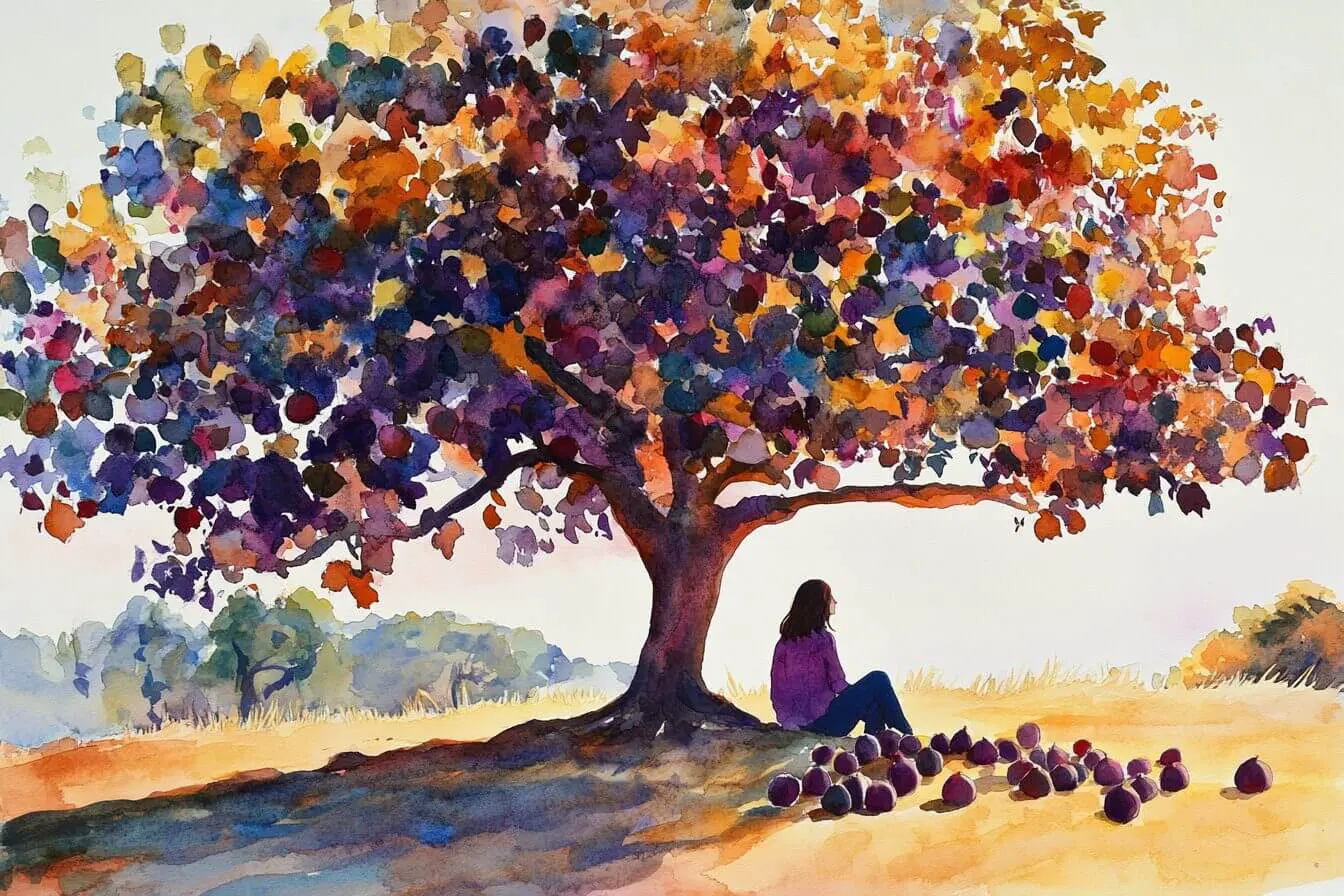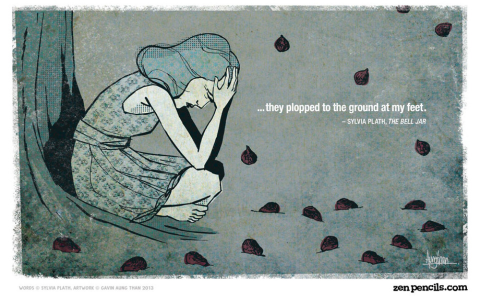Okay so here’s how I stumbled down the rabbit hole of Sylvia Plath and those fig trees everyone keeps talking about. Honestly? It started pretty random. I was rereading The Bell Jar for maybe the third time last Tuesday night, nursing a lukewarm coffee, when those damn fig descriptions jumped out at me again.

Started With Confusion
I remembered thinking years ago, “Figs? Why is Esther Greenwood obsessed with figs?” It felt heavy, like it meant something big, but I couldn’t quite put my finger on it. Just sorta brushed it off. This time though, it bugged me. What was Plath really trying to say with all that fruit talk? It felt too specific to just be random.
Dug Into Her Life
First thing I did next morning was dig around Plath herself. Pulled out my old biography of her and skimmed her letters again. Hit me that the fig imagery wasn’t just in The Bell Jar; it pops in her poem “Metaphors” too! That feeling she describes – the figs as choices, possibilities, all ripe but terrifying? Totally connected to her own life. She was staring down marriage, kids, a writing career, academia… all those paths. Each fig was one future she desperately wanted but felt paralyzed to pick.
Looked at What Others Said
Got curious how others interpreted this. Found myself down a late-night internet hole reading articles (way too many tabs open!). Saw some folks argue it’s just about feminine pressures. Others saw it as pure existential dread. One paper I found, though dusty and academic as heck, clicked for me: it argued the fig tree isn’t just one symbol. It’s layered:
- The crushing weight of having too many choices.
- The terror of picking the wrong life path.
- The paralyzing fear that picking one fig means all the others die.
- A deep fear of losing your self, your potential.
Connecting the Dots
That’s when it hit me why it sticks around in literature classes decades later. It’s not just a clever metaphor Plath made up. It’s raw, personal stuff about feeling trapped by possibilities, dressed up in everyday language. Anyone who’s ever felt stuck, scared they’re making the wrong choice? Or overwhelmed by paths ahead? Yeah. That fig tree hits them hard in the guts. It makes big, scary abstract fears – about the future, about identity – feel concrete. You can almost taste the ripeness turning rotten.
Why It Matters
So my big takeaway after all this digging? Plath took a simple, kinda odd plant and weaponized it. She made a fig tree carry the weight of modern anxiety about choice and potential and identity like nothing else really had before. It’s one of those images that feels specific to her story, but rings true for everyone feeling stuck at a crossroads, terrified the juice will run out before they choose. That’s why professors keep assigning it, why writers still point to it. It just nails a certain kind of human panic in a way that sticks. Simple on the surface, brutal underneath. Classic Plath.



